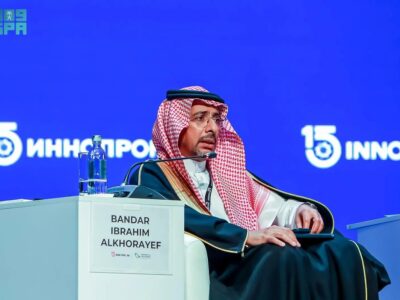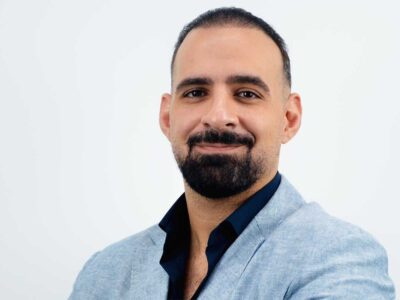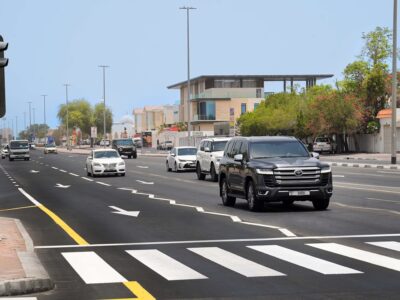In an increasingly connected world, enterprise telecommunications is vital. Aastra Technologies, a developer of IP-based and traditional network communication systems, focusing on enterprise communications, is currently ranked third in the European enterprise telephony market and, with its recent acquisition of Ericsson’s enterprise communication business, is now the market leader in the EMEA region.
In an exclusive interview, Hugh Scholaert, senior vice president at Aastra Technologies, talks about the company’s growth so far and what lies ahead.
What is your vision for Aastra as an enterprise telecommunications company?
Aastra differentiates itself by embracing ‘openness’. In a world of single brand systems, Aastra offers a menu of products from which our channels and customers can customize a solution best suited for their market and application. Our terminals, our applications and our call managers embody open standards and open interfaces like SIP (Session Initiation Protocol), so that each can form part of a complete Aastra solution or individual elements of a solution with other manufacturers’ products.
What are the challenges Aastra faces in competing in an increasingly compartmentalized telecommunications market?
The greatest challenge is to develop an ability to best address local market needs. Each regional market is different in the way enterprise communications is addressed or implemented. Similarly each industry verticals require different solutions. For a global player like Aastra, this requires substantial flexibility and responsiveness.
The company has posted a five-year steady growth through acquisitions from 2000 to 2005. Will this trend continue in the coming years?
Aastra will continue to grow – organically and through acquisitions. We are always looking at complementary regional markets (new distribution channels) as well as complementary technologies that are all in the guise of enterprise communications.
What will be your focus here in the UAE market?
The UAE will offer new opportunities for Aastra particularly in the area of small systems as well as SIP-based telephone sets (including wireless DECT and WiFi sets). This will come in combination with a continued focus on large enterprise and secure, reliable telephony over IP systems and applications.
The experience gain in localization for the UAE is expected to add to our efforts in the greater Middle East and North African (MENA) region where we see the potential for double digit rates of growth.
What are the company’s long and short-term priorities and growth strategies?
Our key short term priority is to develop a strong distribution network which can help us be as responsive and as flexible as our market demands. This means a lot more local presence with all of the authority to determine local “go to market” strategies – as was announced for the MENA region.
This is much unlike typical international players but clearly addresses the adage of ‘thinking globally and acting locally’. In the long run, this will be combined with our product development strategy producing a ‘menu’ of open standards-based elements to complete enterprise communications applications.
Growth will be a combination of geographic presence and innovation. We expect organic growth through the launch of our evolving product line and the ensuing new technology we can bring to the market.
However, we expect to also increase our revenue base by spreading our product line over a rapidly growing distribution infrastructure. This means that opportunities for Aastra exist in existing territories but as well we expect to see significant revenue growth in new markets where perhaps we had very little presence in the past.






